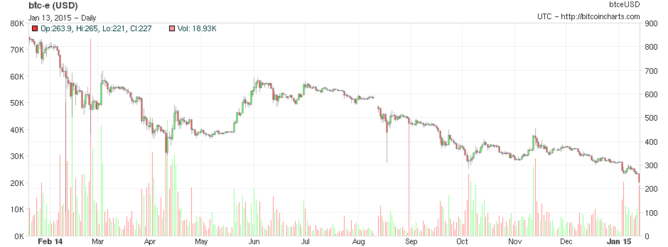Positional cloning is a genetic mapping technique used to pinpoint the location of specific traits of interest, such as disease-causing genes or mutations, within the genome. Very simply, this map-based technique involves crossing mutant individuals with wild-type individuals and examining the offspring in order to localize a candidate region in the genome for the mutation. By identifying genetic markers that are linked to the trait, progressively more precise areas on a chromosome are defined until the gene is identified.
Tech
Scientists have found the balance necessary to aid healing with high-tech hydrogel.
Hydrogels are used as a scaffold upon which cells can build tissue. The new hydrogel overcomes a host of issues that have kept them from reaching their potential to treat injuries and forming new vasculature to treat heart attack, stroke and ischemic tissue diseases.
Researchers are on the verge of developing a new class of anesthetics, something that has not happened in decades, according to a study published in Anesthesiology. It is being derived thanks to a new approach to identifying compounds may lead to the next generation of anesthetics.
Don't rely on the Academy Awards next month if you are seeking to know whether the movies deemed great today will survive the test of time.
According to a new Northwestern University study, the best predictor of a movie's significance is how often a movie is referenced by other movies. In other words, a movie's significance is decided by today's and tomorrow's film directors -- not the critics.
Every odor has its own specific pattern which our noses are able to identify. The human nose can distinguish between chiral molecules and the different forms of the same molecule of carvone, for example, can smell either like spearmint or caraway.
Machines couldn't do that. Until now.
Using a combination of proteins coupled to transistors, for the first time machines are able to differentiate smells that are mirror images of each other, something that has not been possible before.
Patients with advanced chronic kidney disease (CKD) are often faced with difficult medical choices, such as whether to start dialysis or undergo kidney transplantation, and many patients may not feel ready to make treatment decisions for a variety of reasons. A new tool may help health professionals assess kidney disease patients' readiness to make important life-changing treatment decisions around their dialysis care. The tool is described in a new paper.
No software-based technique can fully replace the bulk collection of signals intelligence, but methods can be developed to more effectively conduct targeted collection and to control the usage of collected data, says a new report from the National Research Council. Automated systems for isolating collected data, restricting queries that can be made against those data, and auditing usage of the data can help to enforce privacy protections and allay some civil liberty concerns, the unclassified report says.
Virginia Tech Carilion Research Institute scientists have developed a brain-imaging technique that may be able to identify children with autism spectrum disorder in just two minutes.
This test, while far from being used as the clinical standard of care, offers promising diagnostic potential once it undergoes more research and evaluation.
"Our brains have a perspective-tracking response that monitors, for example, whether it's your turn or my turn," said Read Montague, the Virginia Tech Carilion Research Institute professor who led the study.
Researchers say discovery of highly sought-after 'nematic liquid crystals' can now lead to vastly improved organic solar cell performance.
Lead author Dr David Jones of the University's School of Chemistry and Bio 21 Institute, said these cells will be easier to manufacture, with the new crystals now able to work in cells that are double in thickness on the previous limit of 200 nanometers.
"We have improved the performance of this type of solar cell from around 8 per cent efficient to 9.3 per cent, finally approaching the international benchmark of 10 per cent."
Public screenings have become an important part of major sports events. In the future, we will be able to enjoy them in 3D, thanks to a new invention from Austrian scientists. A sophisticated laser system sends laser beams into different directions. Therefore, different pictures are visible from different angles. The angular resolution is so fine that the left eye is presented a different picture than the right one, creating a 3D effect.
Nanoengineers at the University of California, San Diego have tested a temporary tattoo that both extracts and measures the level of glucose in the fluid in between skin cells. This first-ever example of the flexible, easy-to-wear device could be a promising step forward in noninvasive glucose testing for patients with diabetes.
Complications involving the brain's unique waste removal system, which has only recently been brought to light, may thwart efforts to identify biomarkers that detect traumatic brain injury (TBI). That is because proteins that are triggered by brain damage are prevented from reaching the blood system in levels necessary for a precise diagnosis.
In a laboratory first, Duke researchers have grown human skeletal muscle that contracts and responds just like native tissue to external stimuli such as electrical pulses, biochemical signals and pharmaceuticals.
The lab-grown tissue should soon allow researchers to test new drugs and study diseases in functioning human muscle outside of the human body.
The study was led by Nenad Bursac, associate professor of biomedical engineering at Duke University, and Lauran Madden, a postdoctoral researcher in Bursac's laboratory.

